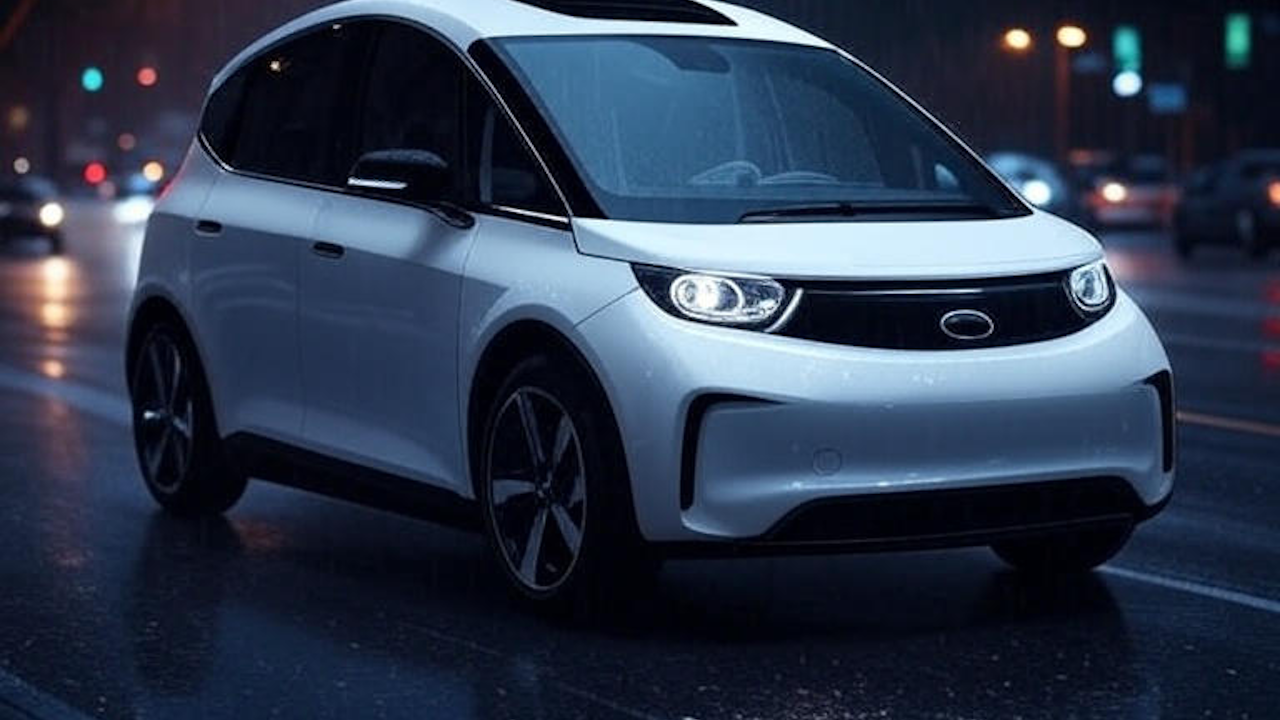Self-driving cars, or autonomous vehicles (AVs), rely heavily on advanced technologies to navigate roads, detect obstacles, and ensure passenger safety. These vehicles use a combination of sensors, cameras, radar, lidar, and GPS systems to operate without human intervention. However, bad weather presents a significant challenge for this technology. Rain, snow, fog, and even extreme sunlight can disrupt sensor accuracy, impair visibility, and interfere with the vehicle’s ability to make safe decisions. Understanding how bad weather affects self-driving cars is critical for assessing their readiness for widespread use and their potential to replace traditional human-driven vehicles.
The primary concern with autonomous vehicles in poor weather conditions lies in their sensors. These sensors are designed to interpret the environment around the car. Cameras provide visual information, radar detects objects by bouncing radio waves off them, and lidar (light detection and ranging) creates detailed 3D maps of surroundings using laser beams. In perfect conditions, these tools work together efficiently. However, when the weather turns bad, each of these sensors faces unique challenges.
Rain, for instance, can distort or obscure camera lenses, leading to reduced image clarity. Cameras are especially sensitive to water droplets and glare from headlights reflecting off wet surfaces, which can confuse the vehicle’s object detection systems. Lidar sensors also struggle in rain. The presence of water droplets in the air scatters the laser beams, causing noise in the data and reducing the range and accuracy of the 3D maps. While radar is less affected by rain due to its longer wavelengths, it has lower resolution compared to lidar and cameras, meaning it may not detect smaller objects or accurately determine the shape and position of certain obstacles.
Snow creates even more complications. Heavy snowfall can completely cover road markings, which many AV systems rely on for lane-keeping and navigation. Snow can also obscure roadside signs, block sensors, and accumulate on sensor surfaces. If a lidar or camera becomes covered with snow or ice, it might stop working entirely. Additionally, snow reflects and refracts light in unpredictable ways, making it difficult for the AV’s systems to differentiate between the road, other vehicles, pedestrians, and snowbanks. This can lead to errors in object recognition and positioning.
Fog presents another difficult scenario. It significantly reduces visibility, not just for human drivers but also for sensors. Lidar and cameras both struggle in foggy conditions due to the scattering of light by the suspended water droplets. Radar, while more resistant to fog, still cannot offer complete clarity. With limited sensor input, self-driving cars might not have enough data to safely make decisions like overtaking another vehicle, stopping at a crosswalk, or detecting a cyclist.
Even sunny weather can create problems. Glare from the sun can blind cameras, making it difficult to distinguish traffic lights, road signs, or pedestrians. Heat waves rising from hot asphalt can also distort visual information, confusing object detection systems. These challenges demonstrate that autonomous vehicles are still far from being completely weather-proof.
In response to these challenges, companies developing self-driving technology are taking several approaches. One method is sensor redundancy. By using a mix of sensors that perform differently in varying weather conditions, AVs can compensate when one type of sensor underperforms. For example, while lidar may struggle in snow, radar can still function and provide basic object detection. Similarly, artificial intelligence and machine learning algorithms are being trained to handle more complex situations, including interpreting obscured road signs or estimating lane positions when markings are not visible.
Another solution is equipping vehicles with cleaning systems for their sensors. Some self-driving cars now feature heating elements or mini windshield wipers for cameras and lidar to keep them clear of snow, ice, or rain. Additionally, automakers and tech companies are investing in high-definition maps that AVs can use to supplement real-time sensor data. These maps include detailed information about road layouts, traffic signs, and lane positions, which can help the vehicle navigate even when visual cues are missing.
However, despite these efforts, most autonomous vehicle systems currently on the road are still classified as Level 2 or Level 3 autonomy. This means they require human supervision and intervention, especially in adverse conditions. In many cases, when weather becomes too severe, the car will hand control back to the driver or simply pull over and stop until conditions improve.
Some companies, such as Waymo and Cruise, have been conducting limited operations of fully autonomous taxis in select cities. These trials usually occur in favorable weather conditions or in areas with well-maintained infrastructure. Expanding these services into regions with frequent bad weather would require significant improvements in sensor technology, artificial intelligence, and vehicle design.
Ultimately, while self-driving cars hold great promise, their performance in bad weather remains a major limitation. It is unlikely that AVs will be capable of replacing human drivers in all weather conditions anytime soon. Until that point, they may serve best in specific environments or alongside traditional vehicles with human drivers. Continued development and testing will be essential to improve their reliability and ensure they can handle the full range of weather challenges they may face on the road.

